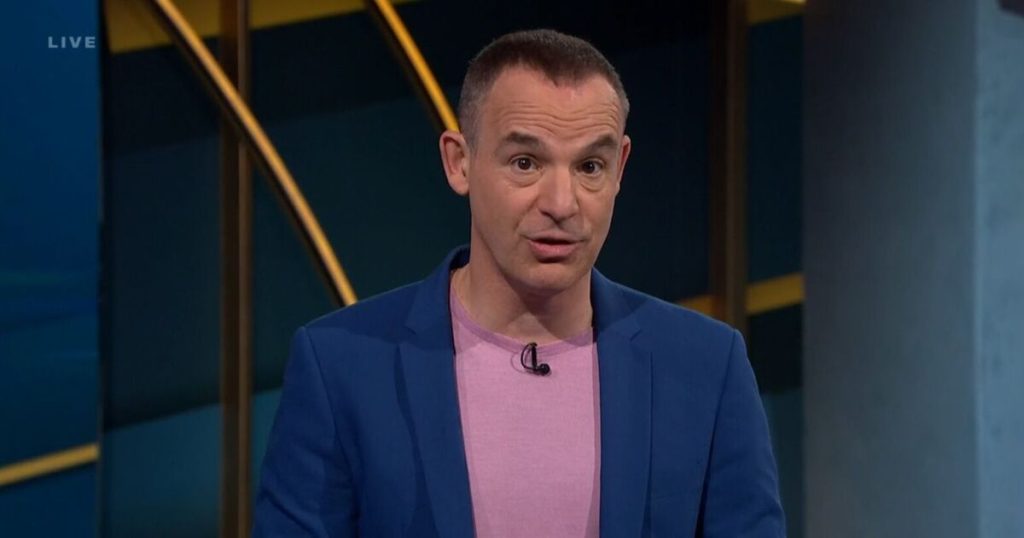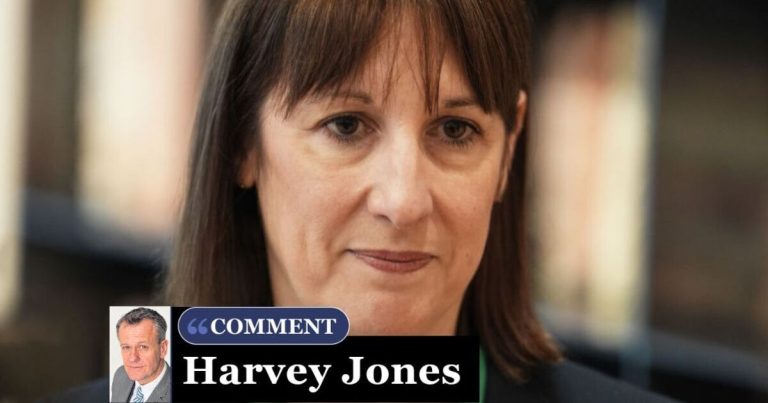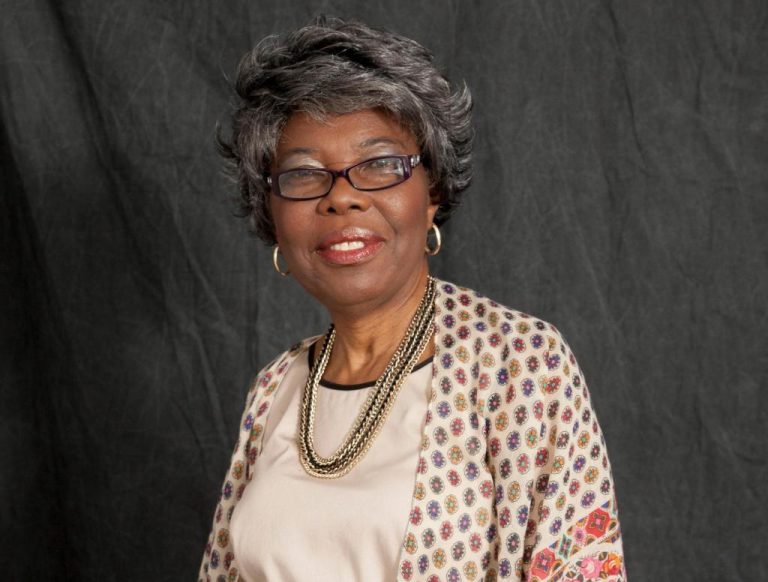
Martin Lewis has issued an update on the dreaded ‘standing charge’ on energy bills being axed for some gas and electricity users.
Long dubbed a ‘moral hazard’ by the founder of Money Saving Expert, Lewis has now explained to households how a change by Ofgem to the way the standing charges work could save some people money.
Energy regulator Ofgem is set to introduce a new tariff for energy customers which would allow them to axe the daily standing charge from their bills.
The standing charge is a daily fee paid to be connected to the gas and electricity networks. As well as paying for the upkeep of the grid, the fee also covers the cost of any supplier going bust and other related costs.
It means that customers are often paying as much as £1.20 a day to have gas and electricity supplies, before they have even switched on or used a single unit of energy.
The standing charge thereby punishes lower energy users in particular, because even if you don’t use much, you still have to pay more than £300 a year just to be connected to the grid.
Now, Martin has explained how Ofgem plans to introduce a zero-standing charges tariff and who would save money from it.
He posted on X: “ENERGY STANDING CHARGES NEWS.
“@ofgem’s just detailed its new ‘low or no standing charges’ Price Cap option proposal. It’s progress, though I believe it must opt in the vulnerable customers it suits or it won’t work…this new proposed Price Cap option will have lower/no standing charges but higher unit rates. It will significantly benefit lower users, but higher users should stick on existing one.”
On his MSE website, Martin explained that the new tariff is ‘progress’ but that the only flaw with the new tariff is that people have to opt into it, and won’t be moved to it automatically.
He wrote: “This is progress. Standing charges are by far the most complained-about part of an energy bill. It costs in excess of £300 a year just to have the facility of gas and electricity, even if you don’t use any.
“They’re a moral hazard that disincentivises lower users from cutting their bills, and leaves many older people, who only use gas for heating in the winter, still paying for it every day in summer.
“However there is one big hole in what’s currently proposed. The new ‘low or no standing charge’ Price Cap option should reduce costs for lower users – my guess is perhaps those paying under £120 a month – but to get it, people have to opt in.
“Yet the Price Cap’s primary purpose is to protect those who don’t, can’t or are scared to switch or change tariff – and it’s many of those people for whom this option will be most suitable and needed. Thus, there’s a risk many vulnerable lower users may miss out.”
Ofgem is still consulting on the changes until March. The options it sets out include a single unit rate, with a zero standing charge. This would be likely to have a higher cost per unit to make up for having no standing charge, but would benefit low energy users as they are saving on the standing charge.
Another option in its consultation is a unit rate which falls if you use a certain amount of energy. This ‘falling block tariff’ charges you more for the first two units of gas and electricity and then a lower amount for the rest and is currently how Utilita’s no-standing charge tariff works.
Alternatively, a rising block tariff would see households pay a lower unit rate until they hit a certain usage level and then prices would rise thereafter.
Ofgem said in its consultation that it plans to introduce the tariffs in time for winter 2025-2026, so likely to be in place around November 2025.
Charlotte Friel, Director for Retail Pricing and Systems at Ofgem, said: “We know from the huge response we’ve had that many feel standing charges are unfair. However, we also know that vulnerable, high-energy users – including those who rely on medical equipment at home or low-income families in poorly insulated houses – would suffer disproportionately if these costs were added to the unit rate for everyone.
“That’s why we’re moving forward with plans that will give customers a choice and more control over how they choose to pay for their gas and electricity.
“We’re looking closely at how these tariffs will work in practice, but everyone will need to carefully consider which option best suits their needs. The costs included in the standing charge ultimately have to be paid. But while they may not save everyone money, they will give people a choice, and greater control over their bills.”







